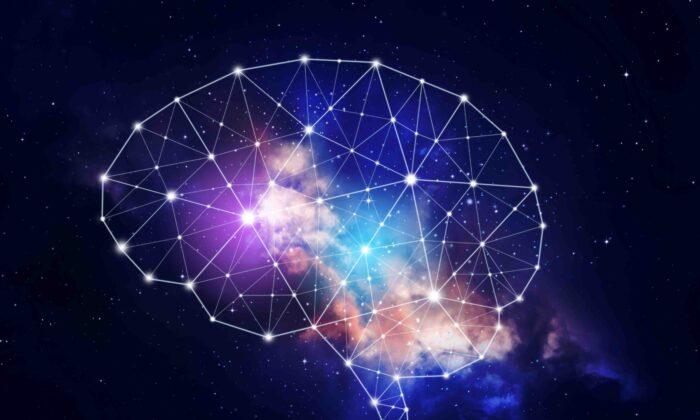The structures of the universe and the human brain are strikingly similar.
In the Eastern spiritual discipline of Daoism, the human body has long been viewed as a small universe, as a microcosm. As billion-dollar investments are made in the United States and Europe to research brain functioning, the correlations between the brain and the universe continue to emerge.
The two pictures below illustrate the similarities. The top picture shows the neural network of a brain cell; the bottom picture shows the distribution of dark matter in the universe as simulated by Millennium Simulation.


The pictures show a structural similarity in terms of connections and distribution of matter in the brain and in the universe. The photo on the left is a microscopic view, the one on the right is a macroscopic view.
The brain is like a microcosm.
Physicist Kevin Bassler of the University of Houston, who was not involved in the study, told Live Science that the study suggests a fundamental law governing these networks.
They explain that a black hole resembles the cell nucleus. A black hole’s event horizon—a sort of point of no return where the gravitational pull will suck objects into the black hole—also resembles the nuclear membrane.
The event horizon is double-layered, as is the nuclear membrane. Much like the event horizon, which prevents anything that enters from leaving, the nuclear membrane separates cell fluids, preventing mixing, and regulates the exchange of matter between the inside and outside of the nucleus. Black holes and living cells also both emit pockets of electromagnetic radiation, among other similarities.
The researchers wrote: “Nearly all that exists in the macrouniverse is mirrored in a biological cell as a microuniverse. Simply put, the universe can be pictured as a cell.”






